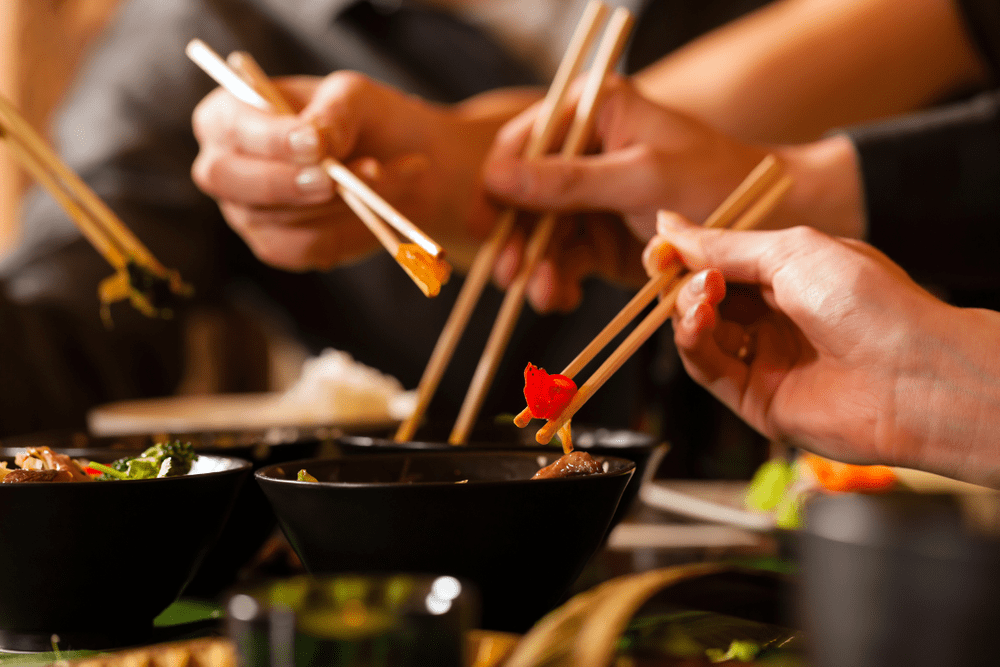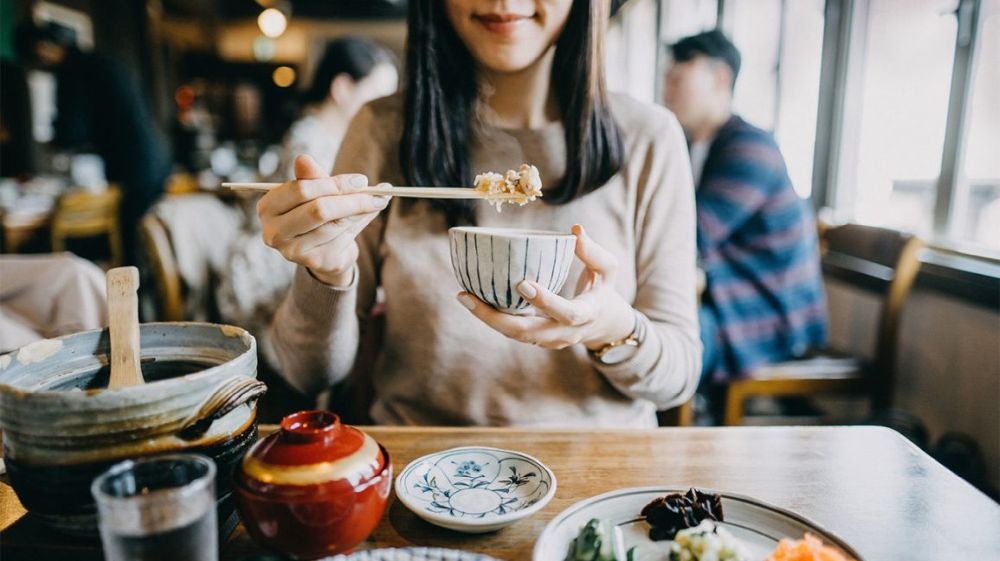Japanese culture places a profound emphasis on etiquette, and nowhere is this more evident than at the dining table. The meticulous attention to detail in Japanese table manners reflects a deep respect for tradition and an appreciation for the art of dining. From the way food is presented to the gestures used during a meal, every aspect of Japanese table etiquette is rooted in centuries-old customs that have been passed down through generations. Understanding and adhering to these customs not only showcase respect for the host but also serve as a window into the soul of Japanese society.

The Art of Chopsticks: Chopsticks, a ubiquitous utensil in Japanese dining, carry a significant cultural weight. One of the cardinal sins is sticking chopsticks upright in a bowl of rice, as this resembles a funeral ritual and is considered highly disrespectful. Passing food directly from one pair of chopsticks to another is also frowned upon, reminiscent of a funeral custom where bones are passed between family members. Proper handling of chopsticks involves not pointing them at others, not using them to spear food, and never leaving them crossed on the table, as it symbolizes bad luck. Mastery of the art of chopstick etiquette is a key aspect of blending seamlessly into Japanese dining culture.

Silence Speaks Volumes : In Japanese dining culture, silence is often more eloquent than words. Talking with one’s mouth full or making excessive noise while eating is considered impolite. Instead, the focus is on savoring the flavors and appreciating the effort that went into the meal. Expressing satisfaction through non-verbal cues, such as a nod or a smile, is more common than vocalizing praise. Additionally, finishing all the food on one’s plate is seen as a sign of respect and appreciation for the chef’s efforts. Wasting food is considered a serious breach of etiquette, reflecting an understanding of the value of resources and the hard work that goes into preparing a meal.

Taboos that Tread Lightly : Certain taboos are essential to grasp when navigating Japanese dining customs. Pouring soy sauce directly onto a bowl of rice is akin to a funeral ritual and is to be avoided. Similarly, never pass food directly from one set of chopsticks to another, as this too mirrors a death-related ritual. Refraining from blowing one’s nose at the table and not using toothpicks in public are also observed to maintain a sense of decorum. Japanese table manners are a nuanced tapestry, intricately woven with customs and traditions that add layers of meaning to the act of sharing a meal. By understanding and respecting these cultural nuances, one can partake in the culinary delights of Japan while paying homage to the rich heritage that flavors each bite.


